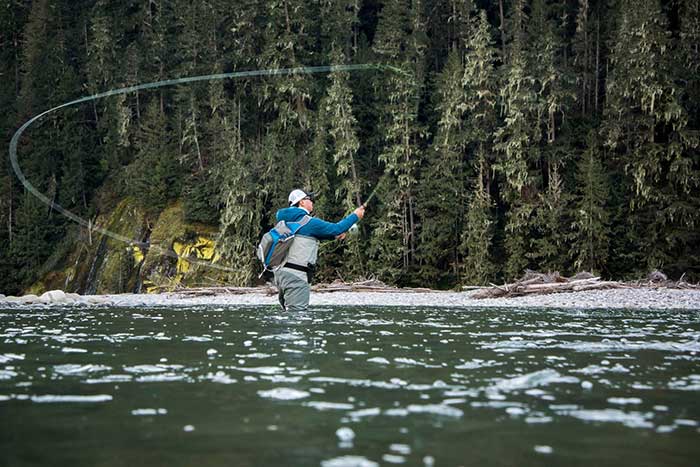There’s a serene thrill to standing in the midst of a glistening stream with the sun peering through the canopy above. It’s not just about the catch; it’s about the dance of the line, the precision of the cast, and the harmony with nature. This is the essence of fly fishing, a sport that combines artistry with a hint of adventure. Whether you’re wading through local rivers or exploring exotic waters, the sport of angling with a fly is as vast as it is exciting. It’s a pastime where every element matters, from the gear to the technique to the species of fish you’re targeting. This post dives into this captivating topic where every cast is a story and every catch a memory engraved in time.
The Art of the Cast
The heart of this sport lies in the cast. It’s a unique blend of timing, control, and rhythm that takes time to master but is rewarding once achieved. Unlike other forms of angling, casting a fly requires a gentle whip of the line to present the lure to the fish in a way that mimics natural prey. It’s this deceptive simplicity and need for skill that draws enthusiasts to riverbanks year after year. As you learn to read the water and present your fly, you also learn the subtle language of the streams and lakes.
Choosing the Right Equipment
Selecting the right rod and reel is critical to success in this endeavour. But it’s not just about buying the most expensive gear; it’s about finding the right weight and flex for your style and the conditions you’ll be fishing in. The line, too, must be chosen with care, as it needs to match the type of fly and the intended fish species. Additionally, flies themselves are an endless subject, with patterns designed to attract every type of fish under the sun. From the intricacies of dry flies to the nuances of nymphs and streamers, the variety is as abundant as it is fascinating.
Habitats and Ecosystems
This activity isn’t confined to a single type of environment. Freshwater streams, mighty rivers, tranquil lakes, and even open oceans can be the setting for your next excursion. Each of these ecosystems presents its own set of challenges and rewards, housing a diversity of fish species that require different approaches. Understanding these environments is not only beneficial for increasing your catch rate but also for fostering a deeper appreciation for the delicate balance of aquatic ecosystems.
The Seasons of Fishing
Timing is everything in the act of angling. Fish behaviours change with the seasons, influencing when and where you should cast your line. Spring may bring hatches that cause surface feeding frenzies, while fall might see fish stocking up for the winter. Summer offers the warmth and light that can lead to glorious full-day outings, and winter—though challenging—can also offer its own unique opportunities for the rugged and well-prepared angler.
Conservation and Respect
As much as it is an adventurous sport, it’s also a tradition rooted in conservation and respect for nature. Practitioners of this ancient craft are often at the forefront of habitat preservation efforts, understanding that without healthy waterways, the sport cannot thrive. Catch-and-release practices, careful handling of fish, and support for sustainable fishing regulations are all part of the responsible fly fisher’s creed.
In conclusion, fly fishing offers a gateway to a richer connection with the outdoors and a more profound understanding of the ecosystems that sustain it. It’s a hobby that rewards patience, skill, and respect for the environment. As you prepare for your next outing, remember that the true joy of this sport lies not in the quantity of the catch but in the quality of the experience. Unleash the fly fisher within and let the rivers tell their tales.










